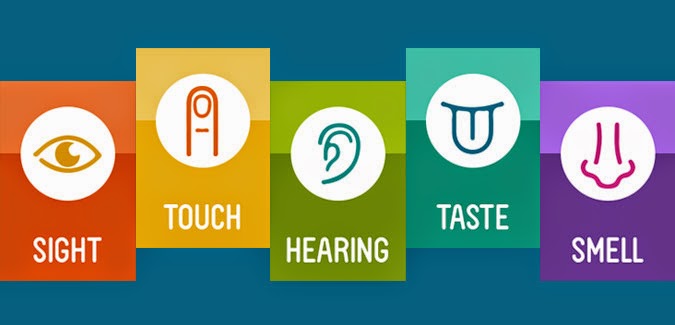It’s easy to simplify our perceived experience with a brand, reducing it down to its mere visual appeal; but there’s more going on with successful brands than visuals alone.
Research shows that there’s a 90-10 split between our subconscious and conscious minds – meaning that many of the decisions that we think are rational and analytical are, in fact, driven by something much more instinctive and emotional. The subconscious, anatomically known as the limbic system, is where we store our long-term memories, where we form our habits and patterns and where we get our intuition and creativity.
We’re used to seeing brands all around us, but this ocular overload can often make it hard for brands to cut through on a purely visual level. Experiences, however, engage more than just the eyes; they play with multiple senses, sometimes all of them at once. Sensory branding operates on the premise that if a brand stimulates multiple senses, we will experience the brand more profoundly, connecting on deeper emotional level.
Smell
Smell is one of our most influential senses, and is the sense most directly connected to the limbic system. As a result, we’re 100 times more likely to remember something we smell over something that engages any of our other senses, including sight. According to the New York Times, “81% of consumers would choose a product they could smell and see over one they can only see.” Additionally, because of its link to memory, smell can easily trigger positive emotions and feelings.
Sound
To amplify your brand in an already noisy visual world and in the more literal sense requires sound. This is not a new revelation for brand managers; sound has long been a trusted tool in the marketer’s arsenal, offering the ability to capture the attention and stick in the mind long after an initial experience has faded. More impressive still, is a brand’s ability to incorporate signature sound into every consumer-brand interaction. Take the marked ring tone, sent mail “whoosh,” and the trademark sound of Siri’s voice to name only a few of Apple’s successful branded sound effects.
Touch
Comprised of over 4,000,000 sensory receptors, skin renders consumers susceptible to influence through touch. Brands can use materials to add meaning and elevate the broader experience. Haptics traditionally encompass three tactile sensations: texture, hardness and weight. Research shows that we subconsciously associate different meaning to these sensations. Consider how we might say that we’ve had a “rough” or “hard” day, meaning difficult. Alternatively, we could say that it went “smoothly.”
Taste
In the food and beverage space, taste is naturally a huge part of the consumer experience; as we all know, the best way to a person’s heart is through their stomach. Yet, the sense of taste is still relevant and can be incorporated in brand experiences outside this industry. In fact, thanks to memory and association, the act of physical consumption isn’t even necessary to evoke emotion through the sense of taste. Admittedly, this sense does require a bit of creativity for non-food and beverage brands.
What sensorial branding is not, is overstimulation. When working to create a brand experience, it’s important to consider that although we have five senses, we do not use them equally. It is true that sight occupies the majority of our sensorial bandwidth, followed by touch. Nevertheless, all senses are engaged during the course of a consumer’s experience. Thus, to achieve the optimal sensory experience, a brand must prioritise and engage with each sense at the appropriate time and to the right extent in the brand engagement journey.
By creating opportunities for engagement, brands create a connection. With consumers increasingly overwhelmed with messaging throughout their daily lives, the smart brands will be the ones that find a way to cut through with memorable, sensorial experiences that engage on an emotional level. Great experiences bypass the rational mind and tap straight into the subconscious creating memories and associations that will stick with us for years.
Source: Using sensory branding will create more meaningful experiences for customers | The Drum













